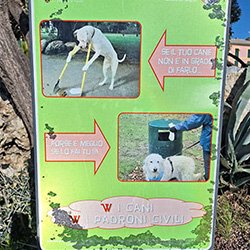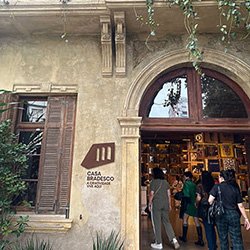I got to the hospital a little before 8 AM, but the management office that assigns patients to different wards wasn’t open yet. I had no choice but to tell the security guy at the entrance that I was having labor pains. He was so sweet, asking me if I was having labor pains, if I was bleeding, if I was OK, and telling me to wait just a little longer, the person in charge would be here any minute. He tried to comfort me, coming over to where I was sitting and patting my head and back, telling me everything was going to be ok. I guess his shift ended, because he told me he was leaving but that someone else would call in, and to hang in there. Thinking back on it now, it was such a classic overseas experience, and I was suffering from such pain and anxiety at the time that I cried. (lol)
The management office then went over my personal information and so on before transferring me to the delivery ward. My cervix hadn’t dilated yet, so the only thing to do was to endure my labor pains once they moved me to the ward. It had been about 24 hours since they started, and when I told the midwife they were getting worse, she again checked my cervix for dilation. When they told me they were moving me to the delivery room, it felt like a salvation.
When the cervix dilates to a centimeter, they can finally give you anesthesia to numb the pain. The midwife told me that 60–70% of women elect to have a pain-free delivery. The majority of women in Japan give birth without anesthetic, so although I had steeled myself for the same, my will gave way under the long hours of increasingly painful contractions and I requested the painkillers. I was ultimately happy with my choice, since I ended up spending the most painful and difficult part of the process at ease. I have so much respect for the women who give birth without anesthesia… honestly, I can’t imagine how I would have gotten through had the pain gotten any worse.

Before (during labor pains)… I think my face says it all (lol)

After… this laid back even though my cervix had already dilated
The anesthetic issue is related to the post-delivery admissions system here. The first thing they do is put the just-born baby next to the mother on the bed, meaning that from the minute it’s born you’re left to comfort it when it’s crying, change its diaper, and everything all by yourself. And you’re sharing a room—it’s not a private space. Every time someone else’s baby cries it wakes up the other babies, who start crying as well. You start panicking when you can’t make your own baby stop crying. As a result, I spent the second night in a row (the first because of labor pains) without hardly a wink of sleep. It was a public hospital, so there’s nothing to be done about it, but the hospital stay is three days and two nights (four or five nights if it’s a Cesarean section, apparently). My baby was born after 10 PM, so they counted that night and I was discharged on the second day. If I hadn’t had the anesthetic I probably would have been even more physically wiped out and probably totally unable to care for my baby crying through the night by myself.
There were so many patients while I was in the hospital that the midwife was running around too and couldn’t really look after me, but I’m definitely not blaming the hospital. A hospital midwife came by and visited my house every day after I got home to take my and the baby’s blood pressure and temperature as well as check other vital signs. A nurse assigned to the area also came by to tell me about nearby community resources, kindly answering whatever questions I had when I was unsure of something. I’m such a new parent that I hardly know anything, but the support system here is surprisingly robust.
I’ve never had a baby in Japan, so it’s not like I can compare everything, so most of what I’ve written here is based on extensive conversations with my friends who still live there. I just hope it’s been fun for you to learn something about having a baby overseas.






























































